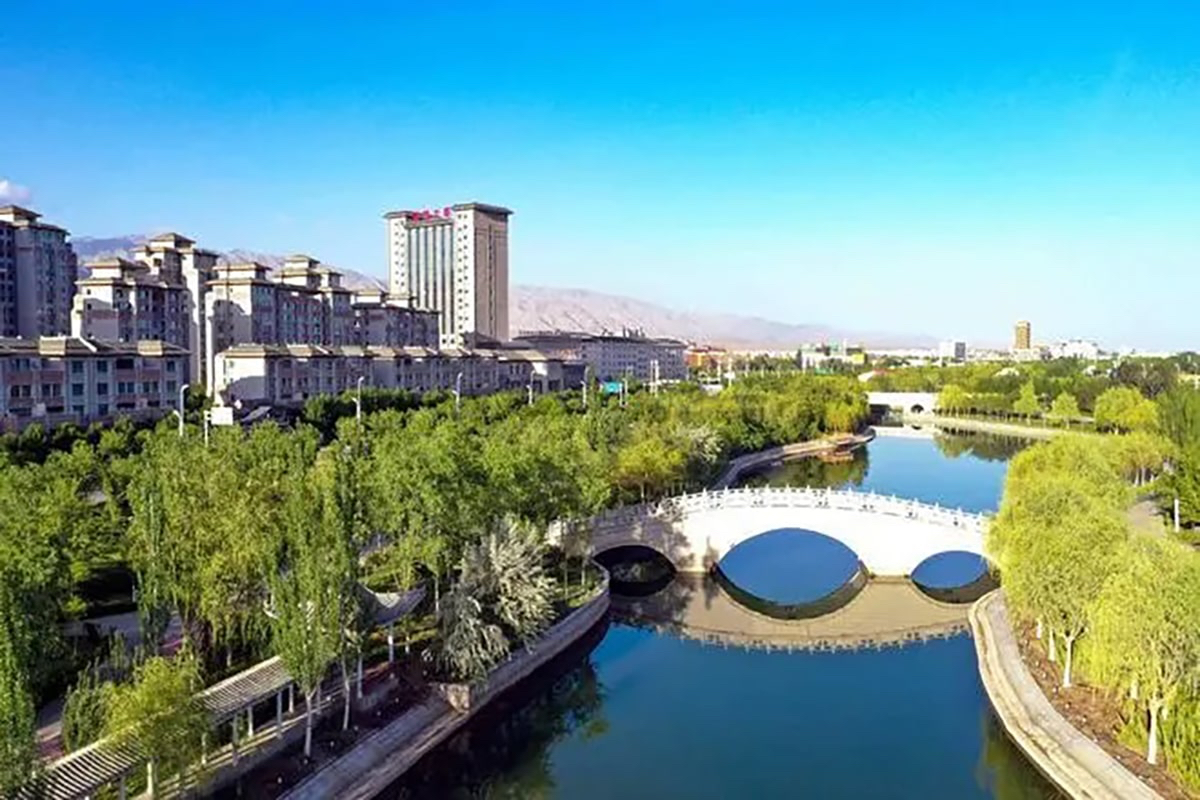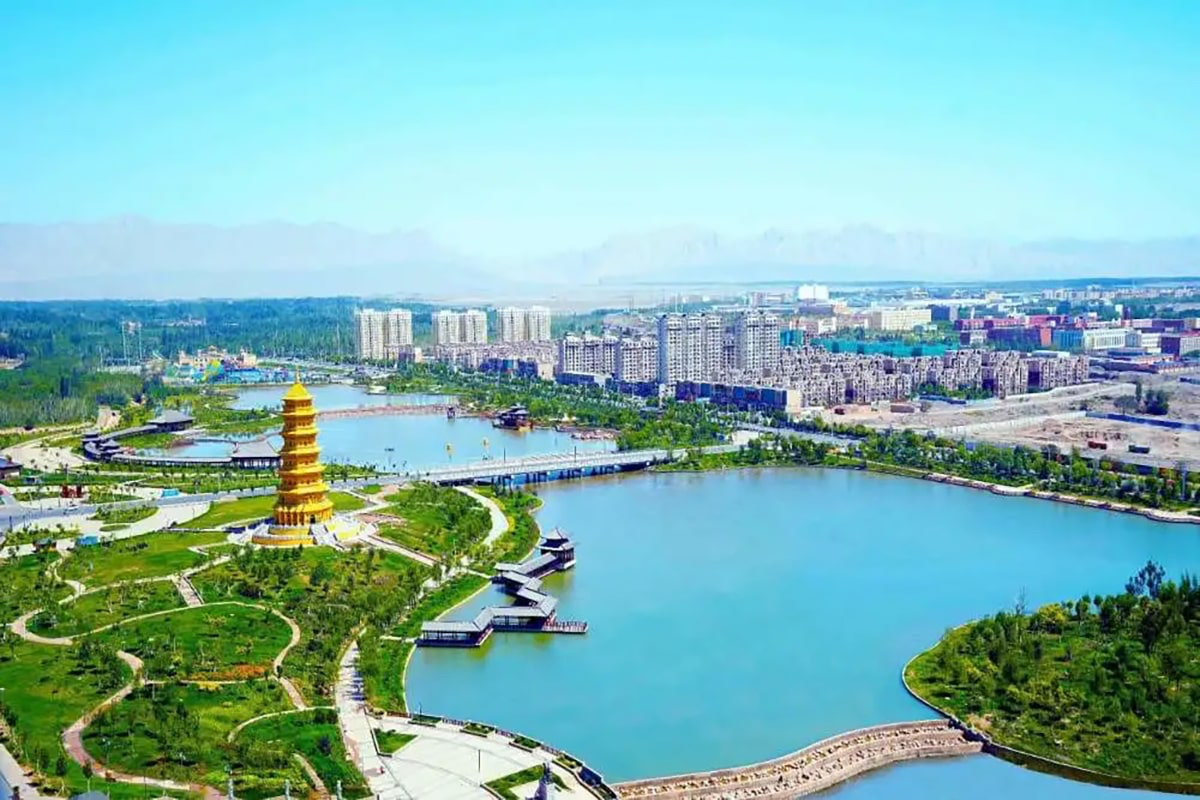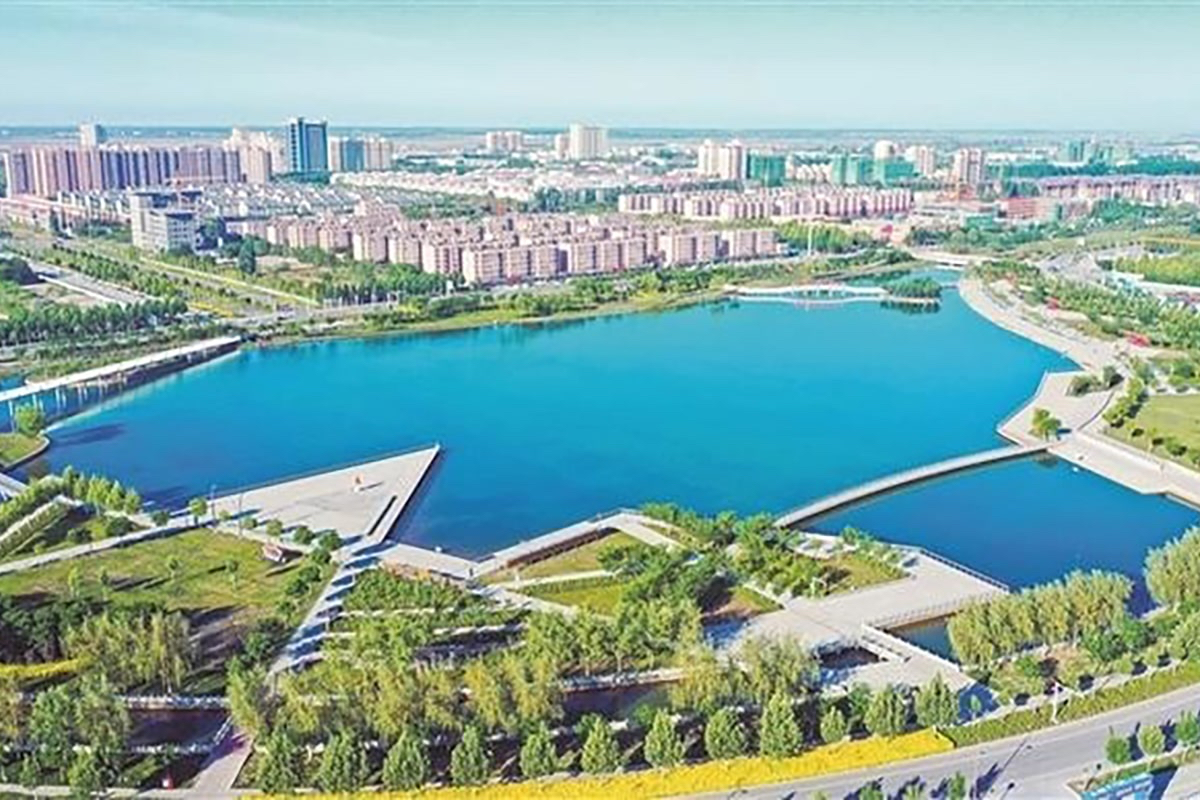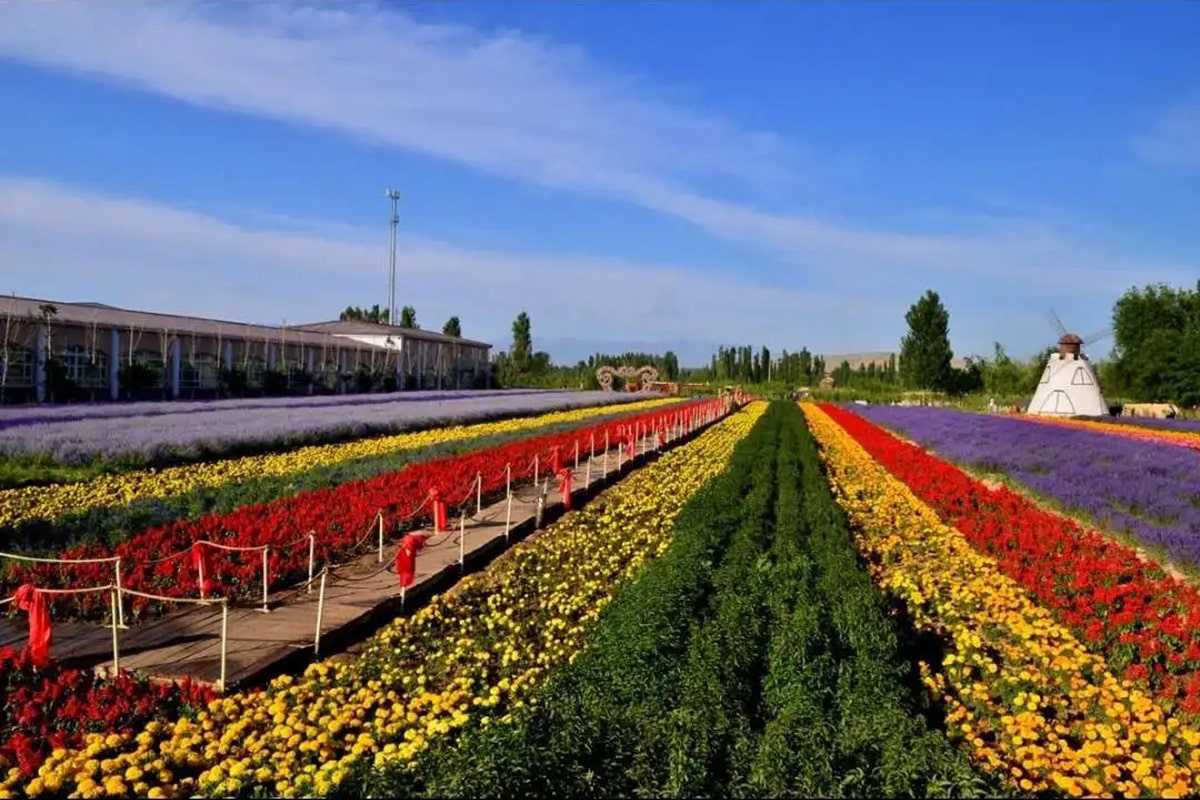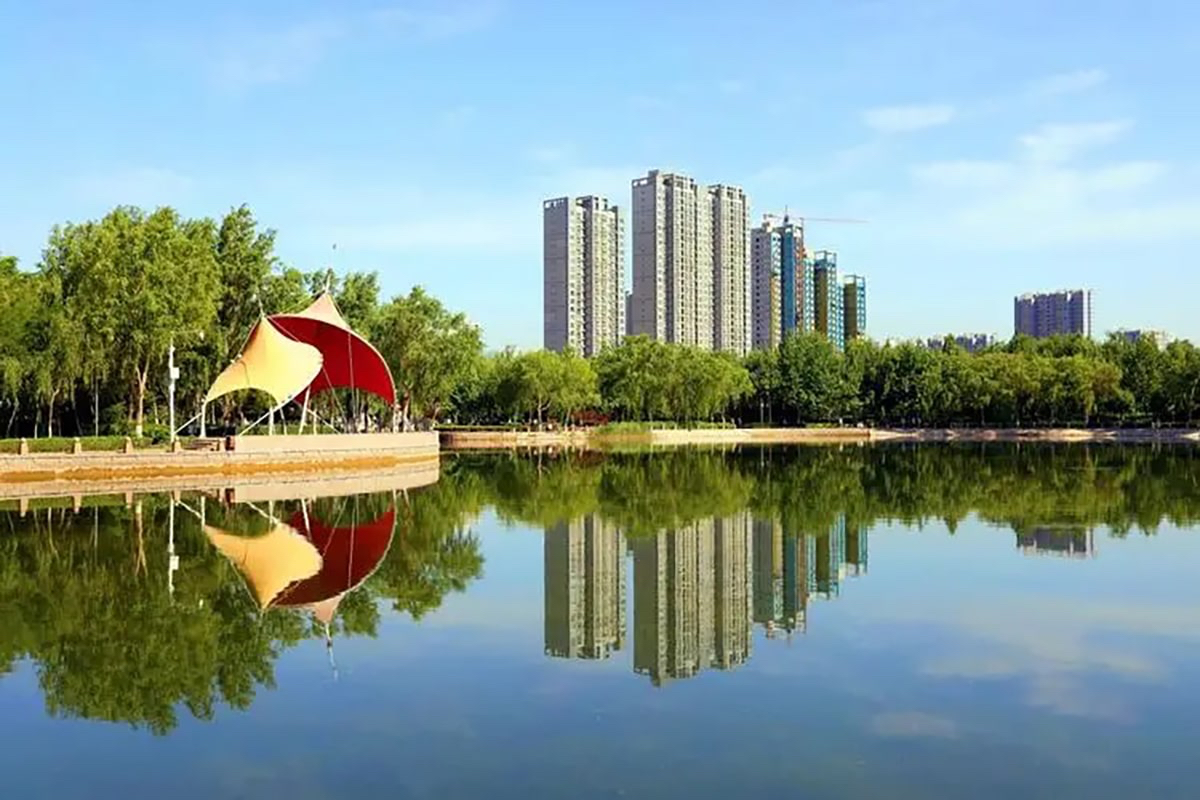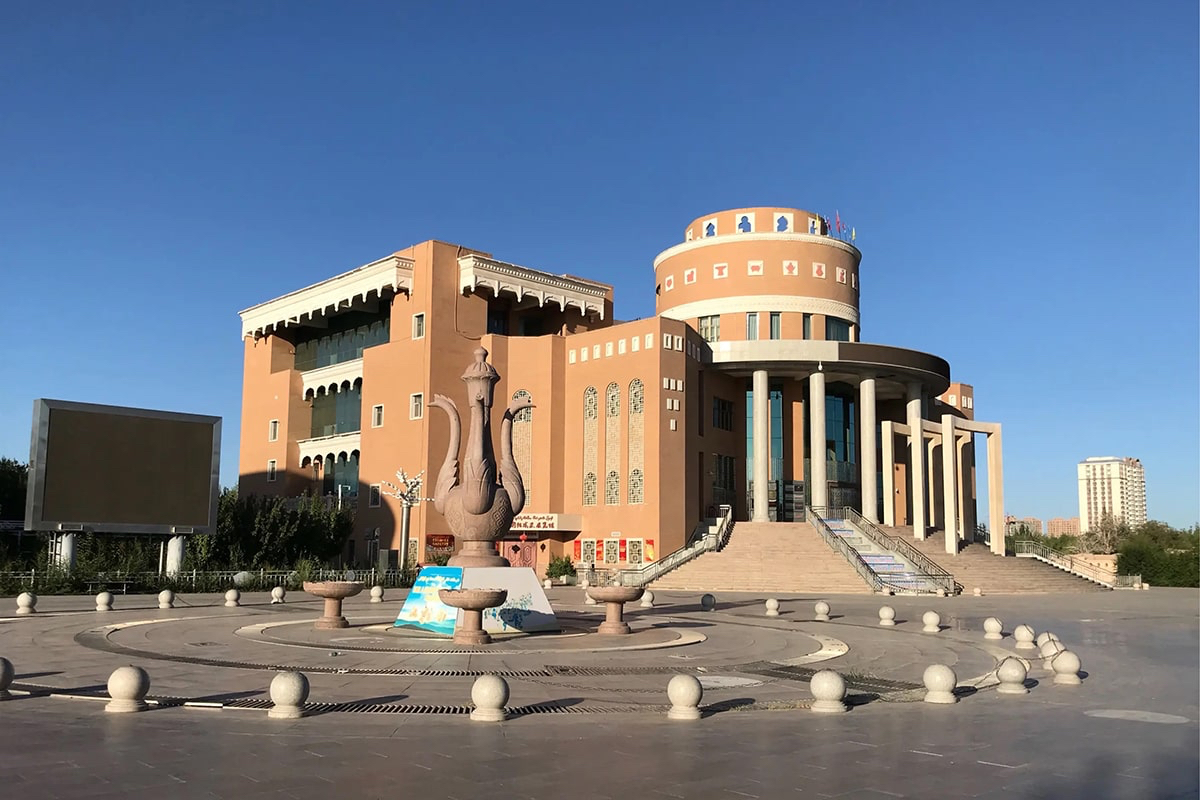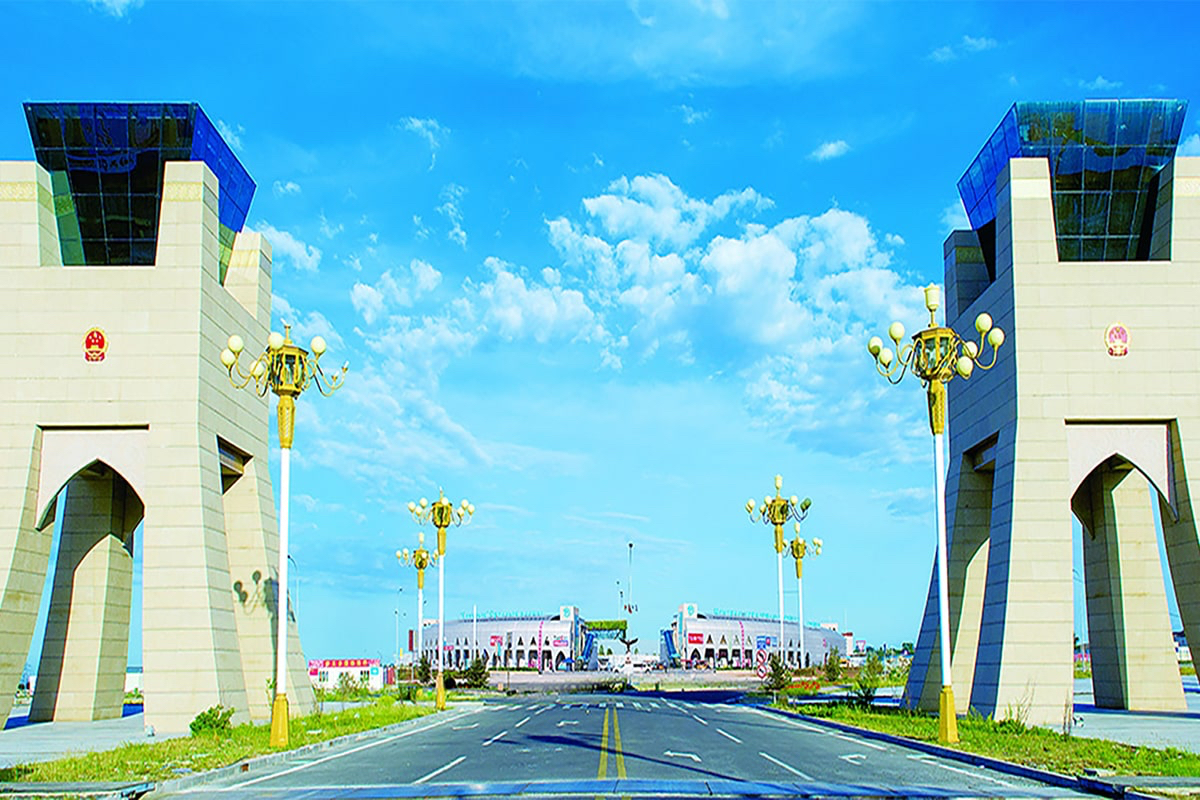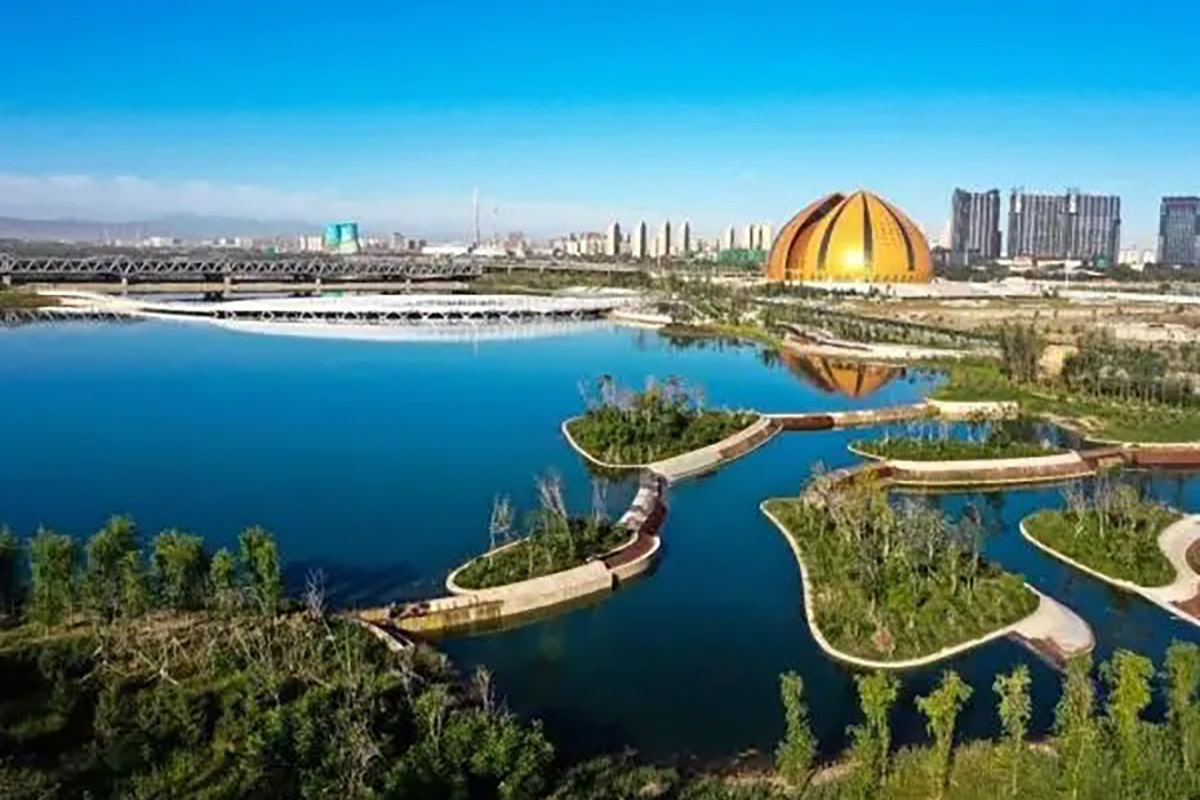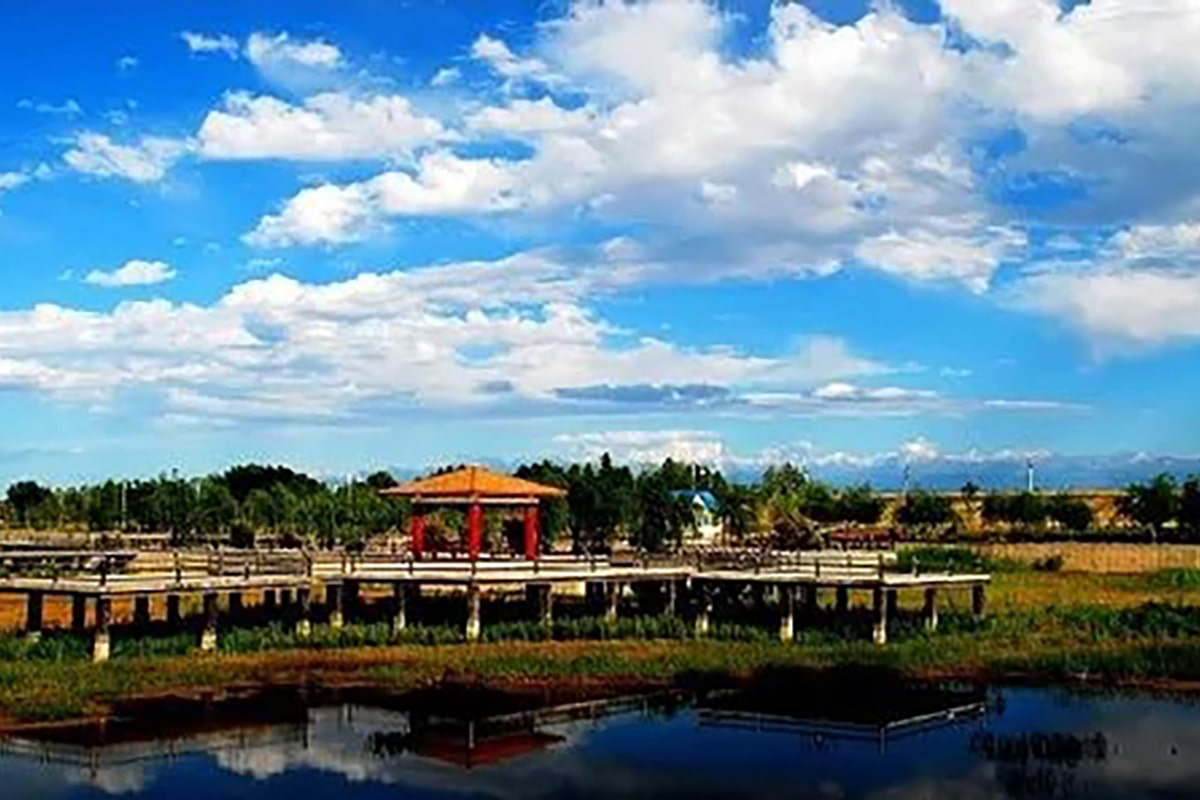A brief introduction of Xinjiang Aksu Prefecture
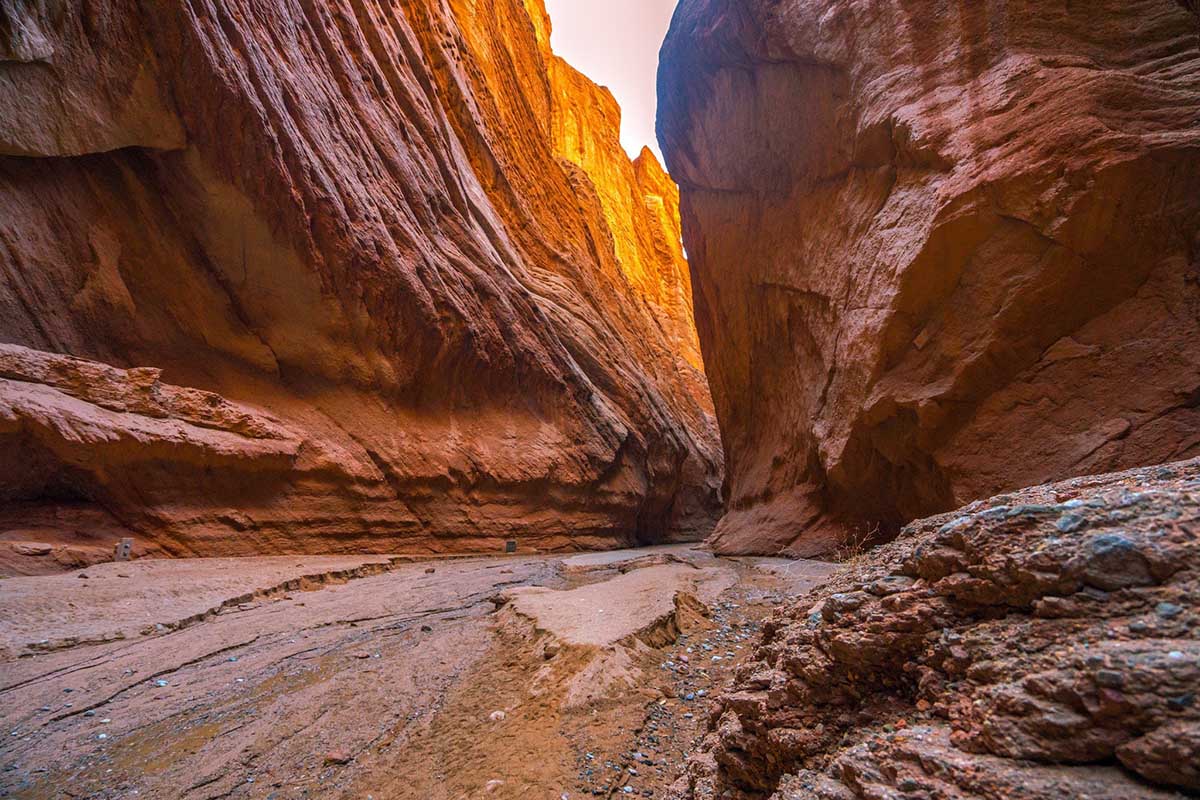
Aksu, or Aqsu, some 989km to the provincial capital Urumqi and 466km to Kashgar, is located in the west of autonomous region of Xinjiang. The entire prefecture of Aksu occupies the northwest part of Tarim Basin, the south slopes of the Tianshan Mountain, and its south part is just within the Taklimakan Desert. It borders Kyrghyz Republic and the Republic of Kazakhstan in the northwest. In the upper reaches of Tarim River, Aksu, belongs to aggraded valley plain with the main stream of Aksu River flowing through in the south of the city. Aksu Prefecture administrates 1 county-level city and 8 counties; of its 2.4 million inhabitants, 73% are Uyghur, 26% are Han, with the remainder belong to other 34 ethnicities.
Enjoying an agreeable weather, Aksu has a thriving husbandry; it is known as "a graceful South Region beyond the Great Wall" and "a land flowing with milk and honey". With cotton, especially long-staple cotton, being the core product, it is further crowned as the Hometown of Cotton producing one third of the total cottons in Xijiang, and one eighth of the country. It is even A Land of Melons and Fruits, in particularly with national known productive read dates, apples, bergamot pears, grapes, muskmelons, and so on.
Aksu was an important stop along the ancient Silk Road in Han Dynasty; furthermore, it is also the origin place of the Qiuci Culture (of Qiuci Kingdom, the content of which mostly referring to Buddhism) and Duolang Culture (of an ancient tribe lived around Taklimakan Desert). With exceptional sceneries, Aksu was hailed as South Region (synonymous with elegant beauty) Beyond the Great Wall as early in ancient. The eminent monk, Chinese pilgrim Xuanzang, (602-664, the greatest sutras translator in Chinese Buddhism), visited Aksu and described the "kingdom" and the thriving Buddhism in the area in his notes during his pilgrimage to India. Though the region frequently changed hands among Tang Dynasty, Tibetan Tubo Kingdom and the Uyghur Empire in the 7th, 8th and 9th centuries, Aksu was just positioned on a vital junction of the northern-Tarim trade route of Silk Road and the route north via the Muzart Pass of Tianshan Mountain to the fertile Ili River valley.
The time-honored history, splendid culture, full-bodied ethnic folk customs, and dainty natural beauty of Aksu make the city an important tourist city today in the whole southern area of Xinjiang Province. Here, tourists can find the second largest desert in the world- the huge Taklimakan Desert, the largest primitive Euphrates Poplars forest in China, the longest continental river in the country- the Tarim River, the imposing high peak of Tianshan Mountain- Pobedy Peak, the Global Geology Wonder- the Mysterious Great Canyon of Mount Tianshan, the amazing Yardang Landform in thousands of postures, alpine lakes and snow-topped peaks, etc.
Apart from diversified natural scenery, the featured ethnic habits and customs of the "hometown of songs and dances" of Aksu is a great appeal to most tourists; furthermore, the profound historical and cultural relics and ruins are also the highlights of the region, such as, ruins of ancient cities, old castles and palaces, one of the four greatest cave temples- Kizil Thousand-Buddha Caves, beacon towers of Han Dynasty, ancient smelting sites, Kuche Great Mosque, Kuche Grand Canyon, the sites of Qiuzi ancient county, etc. all of which not only show the prosperous culture of the city, but also its splendid local customs and peoples' lifestyle.Main Cities of Aksu
● Aksu City
Aksu City is located in the northwest of Xinjiang Uyghur Atonomous Region, the south of Celestial Mountain and the northwest of Tarim Basin. Coveing an area of 18,369 sq.km and with the population of 560,000, it is known as an important Water City of the Desert.
The history of the Aksu city can be dated back to the Han Dynasty, when it is only the capital of an ancient countries. It was brought into Chinese territory during the Tang Dynasty and has been governed by the successive dynasties. It was an important stop of the "silk Road", and origin of the ancient Qiuci culture, regarded as the "Saiwai Jiangnan" by ancient people.
The climate of Aksu belongs to the Temperate arid climate zone, with a low annuals rainfall. Though the temperature varies a lot in day, the climate here is very delightful. There are Flat terrain, fertile earth, rich water, heat and light resources, which is helpful to all kinds of crops. Except cotton, there are also many fruits and melon such as dates, apples,grapes and Cantaloupe. It is worldwide known as the Home of Melon and Fruits and the base of cotton and grain in China.
Aksu city is also featured by its tourism resources, natural scenic spots and culture heritage. Except rivers, glaciers, there are also some historical sites drawing people's attention. The most outstanding attraction is Kizil Thousand Buddha Caves, Kuche Great Mosque, Kuche Grand Canyon, the sites of Qiuzi ancient county, all of which not only show the prosperous culture of the city, but also its splendid local customs and peoples' lifestyle.Kuche City
Kuqa is a county in the Aksu region of China’s Xinjiang Uyghur Autonomous Region. The ancient town of Kuqa , once a major centre of Buddhism and now a largely Han Chinese–dominated modern city, is worth a stopover between Urumqi and Kashgar for its bazaar, old town and some interesting excursions to the surrounding desert ruins.Kuqa County is a famous place in terms of history and culture, with many cultural relics and historical sites such as ancient city walls, ancient temples, caves, beacon towers, ancient smelting sites, and ancient tombs being preserved here. In addition to this, the region is also rich in terms of its intangible cultural heritage such as Kucha song and dance, music, musical instruments, folk customs, and traditional arts and crafts. Famous attractions include Kuqa Palace, the Kizil Caves, the Longchi Ponds, and the Tian Shan Mysterious Grand Canyon.
- HOTEST
- RECOMMEND
